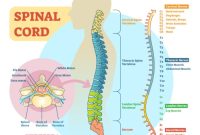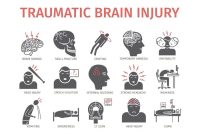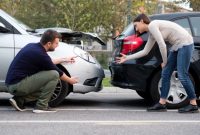Navigating the legal complexities of a car accident can be daunting, especially when it occurs at a four-way stop. Determining fault in such scenarios requires careful consideration of various factors, including legal regulations, evidence, and insurance implications. This comprehensive guide will delve into the intricacies of liability determination in four-way stop crashes within the jurisdiction of Savannah, Georgia, providing valuable insights for drivers involved in such incidents.
Understanding the legal framework governing four-way stops in Savannah is paramount. Drivers must adhere to specific rules and regulations, such as yielding to vehicles that arrive first and proceeding only when it is safe to do so. Failure to comply with these regulations can significantly impact liability determination in the event of a collision.
Savannah Law and Four-Way Stops
In Savannah, Georgia, four-way stops are governed by specific laws and regulations that all drivers must adhere to. Understanding these rules is crucial to ensure safety and avoid potential liability in the event of a collision.
The primary legal framework governing four-way stops in Savannah is the Georgia Uniform Rules of the Road, Chapter 670 of the Official Code of Georgia Annotated (O.C.G.A.). These rules establish the right-of-way procedures and other regulations that apply at four-way intersections.
Right-of-Way Rules
At a four-way stop in Savannah, the vehicle that arrives first has the right-of-way to proceed through the intersection. If multiple vehicles arrive at the intersection simultaneously, the vehicle on the right has the right-of-way.
In the absence of any other factors, such as traffic signs or signals, drivers must yield to vehicles approaching from their right. If there is a traffic sign or signal present, drivers must follow the instructions provided by the sign or signal.
Determining Fault in a Four-Way Stop Crash
Determining liability in a four-way stop crash involves evaluating several key factors:*
-*Right-of-way
Drivers approaching a four-way stop must yield to vehicles that arrived before them. The right-of-way is typically determined by the order in which vehicles arrive at the intersection.
-
-*Speed and control
Drivers must maintain a reasonable speed and have their vehicles under control when approaching a four-way stop. Failure to do so can contribute to a crash.
-*Visibility and lookout
Drivers must have clear visibility of the intersection and be actively looking for other vehicles before proceeding. Failure to maintain proper visibility and lookout can result in a crash.
-*Compliance with traffic laws
Drivers must obey all traffic laws, including those governing four-way stops. Failure to do so, such as running a stop sign, can result in liability for a crash.
Comparative Negligence
Georgia follows the principle of comparative negligence in determining fault for a crash.
Under this principle, each driver involved in a crash is assigned a percentage of fault based on their actions. The percentage of fault is then used to reduce the amount of compensation that a driver can recover from other parties involved in the crash.
For example, if a driver is found to be 75% at fault for a crash, they can only recover 25% of their damages from the other driver(s) involved.
Evidence and Liability
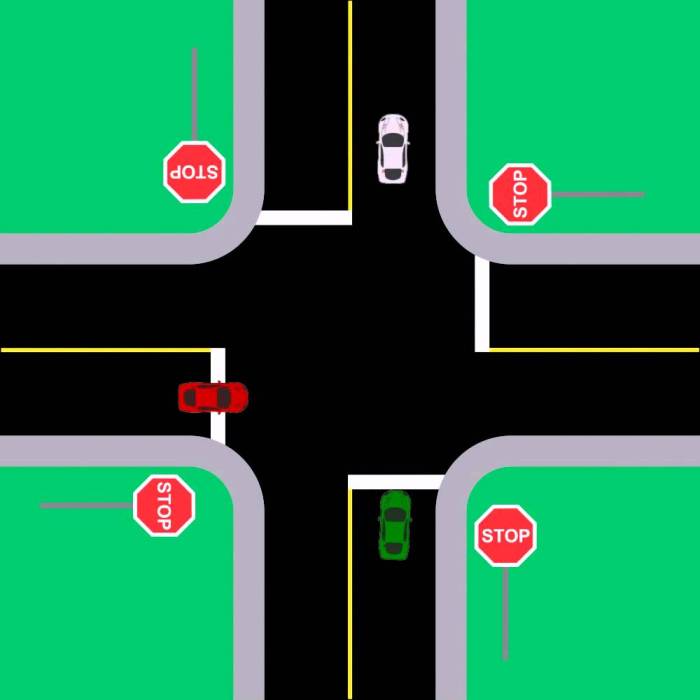
Determining liability in a four-way stop crash hinges on the evidence gathered. Witness statements, police reports, and video footage serve as crucial elements in establishing fault.
Witness statements provide firsthand accounts of the incident. They can describe the actions of the drivers involved, the traffic conditions, and any other relevant details. These statements can be highly valuable, especially when corroborated by other evidence.
Police Reports
Police reports document the findings of the investigating officers. They include information such as the drivers’ statements, witness accounts, and any physical evidence collected at the scene. Police reports are generally considered reliable and carry significant weight in court.
Video Footage
Video footage, if available, can provide irrefutable evidence of the crash. It can clearly show the actions of the drivers and the sequence of events leading up to the collision. Video footage can be obtained from traffic cameras, dashcams, or nearby businesses.
Comparative Fault in Savannah
Georgia follows a modified comparative fault statute, which means that a driver’s recovery in a personal injury case is reduced in proportion to their degree of fault. In other words, if a driver is found to be 50% at fault for an accident, they can only recover 50% of their damages from the other driver.This
statute has a significant impact on the determination of liability in four-way stop crashes. In these types of crashes, it is often difficult to determine which driver was primarily at fault. As a result, comparative fault principles are often applied to apportion liability between the drivers involved.For
example, if two drivers collide at a four-way stop and one driver is found to be 60% at fault and the other driver is found to be 40% at fault, the 60% at-fault driver would be responsible for 60% of the damages, while the 40% at-fault driver would be responsible for 40% of the damages.
Insurance Implications
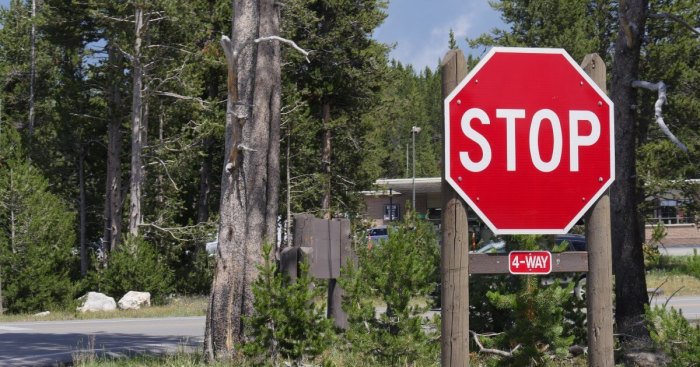
In four-way stop crashes, insurance plays a critical role in determining liability and providing compensation to the injured parties. Insurance policies can significantly impact the outcome of a claim, as they Artikel the coverage limits, exclusions, and responsibilities of the insured drivers.
The first step in determining insurance implications is to establish which driver was at fault for the crash. Fault is typically determined based on the rules of the road and the specific circumstances of the accident. Once fault is established, the at-fault driver’s insurance policy will be responsible for covering the damages and injuries sustained by the other parties involved.
Policy Limits and Coverage
Insurance policies have limits on the amount of coverage they provide. These limits can vary depending on the type of policy and the insurance company. If the damages and injuries exceed the policy limits, the at-fault driver may be personally liable for the remaining costs.
Exclusions and Exceptions
Insurance policies also contain exclusions and exceptions that may limit coverage in certain situations. For example, some policies may exclude coverage for damages caused by intentional acts or while the driver was under the influence of alcohol or drugs.
Legal Representation and Four-Way Stop Crashes
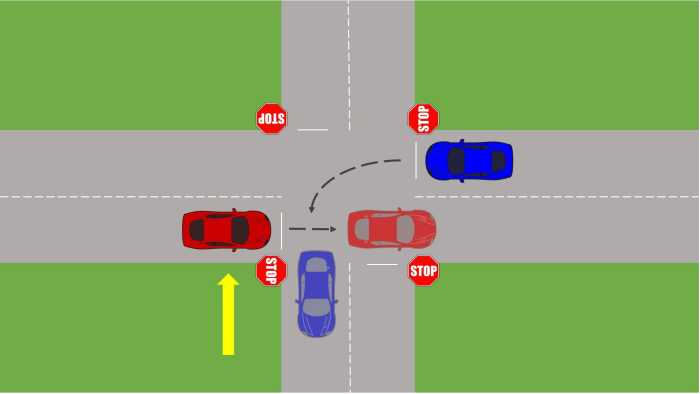
Seeking legal representation after a four-way stop crash can provide numerous benefits. An attorney can assist with determining fault and pursuing compensation for damages.
Determining Fault
Attorneys have the expertise to investigate the accident, gather evidence, and determine who is at fault. They can review witness statements, police reports, and traffic camera footage to establish the sequence of events leading up to the crash.
Pursuing Compensation
An attorney can help you pursue compensation for damages such as medical expenses, lost wages, pain and suffering, and property damage. They can negotiate with insurance companies and represent you in court if necessary.
Final Thoughts
In conclusion, determining liability for a crash at a four-way stop in Savannah involves a thorough analysis of legal obligations, evidence, and insurance policies. By understanding the applicable laws and regulations, drivers can minimize the risk of accidents and navigate the aftermath of a collision with greater confidence.
Seeking legal representation can provide invaluable assistance in establishing fault, pursuing compensation, and ensuring a fair resolution.
FAQ
What are the common factors considered when determining liability in a four-way stop crash?
Factors include failure to yield, running a red light, speeding, and intoxication.
How does comparative negligence impact liability determination in Savannah?
Georgia’s comparative fault statute allows for the apportionment of fault among multiple parties, potentially reducing the amount of compensation awarded to a partially at-fault plaintiff.
What types of evidence can be used to establish liability in a four-way stop crash?
Evidence includes witness statements, police reports, video footage, and photographs of the accident scene.
How does insurance play a role in four-way stop crashes?
Insurance policies provide coverage for damages and injuries sustained in an accident, and the at-fault party’s insurance company is typically responsible for compensating the victims.
Why is it beneficial to seek legal representation after a four-way stop crash?
An attorney can provide legal guidance, negotiate with insurance companies, and represent clients in court, maximizing their chances of obtaining fair compensation.

